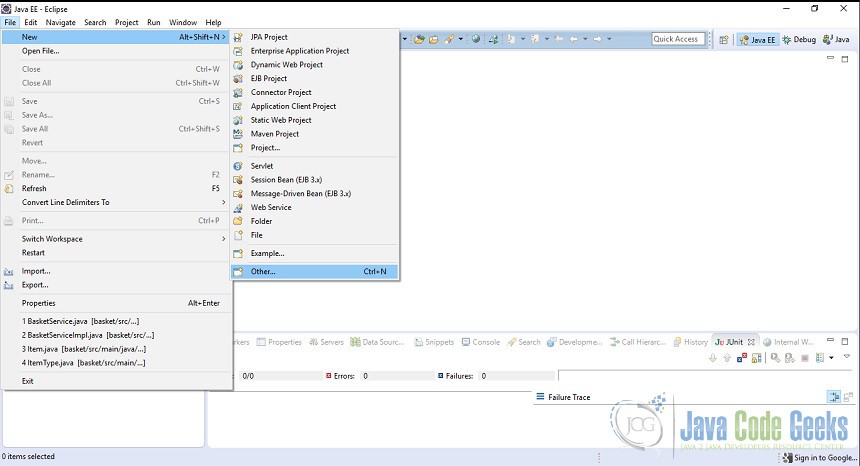

The developers must learn and master programming using Swing’s event model. Still, arguments could be made against it, such as diffusion of technical know-how across an organization, for example. However, for developers wanting to build a utility or maybe an application for a single user, Swing might be the right tool.Īn example of a Swing based utility used to generate DAO related classes. This is why a web application would be a better tool for the job. Installing fat client applications across a company is a huge undertaking where each PC has the potential to create problems of their own. There are no servers involved for applications such as these. They have to be installed onto each PC to use them.

Only then was Eclipse ready to develop applications known as ‘fat clients’.įat clients are applications such as Word or Powerpoint. The developer wishing to use Swing first had to download the required Eclipse Visual Editor Project as well as the related Eclipse Modeling Project (EMP) and Graphical Editing Framework (GEF) plugins. In the old days, circa 2003 or so, setting up Eclipse so that it was ready for developing Swing applications was a bit of a pain. This post shows how to install the Swing/SWT GUI development tool to create applications to be deployed directly onto PCs.


 0 kommentar(er)
0 kommentar(er)
